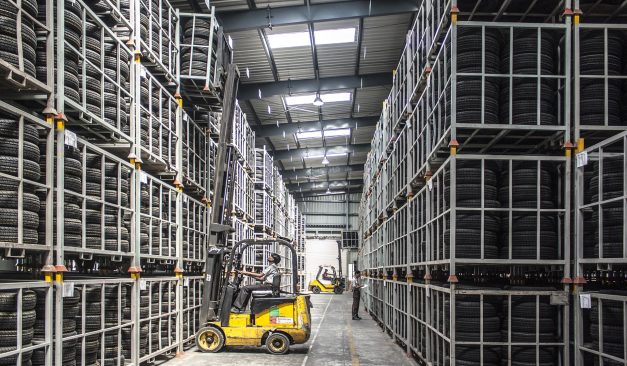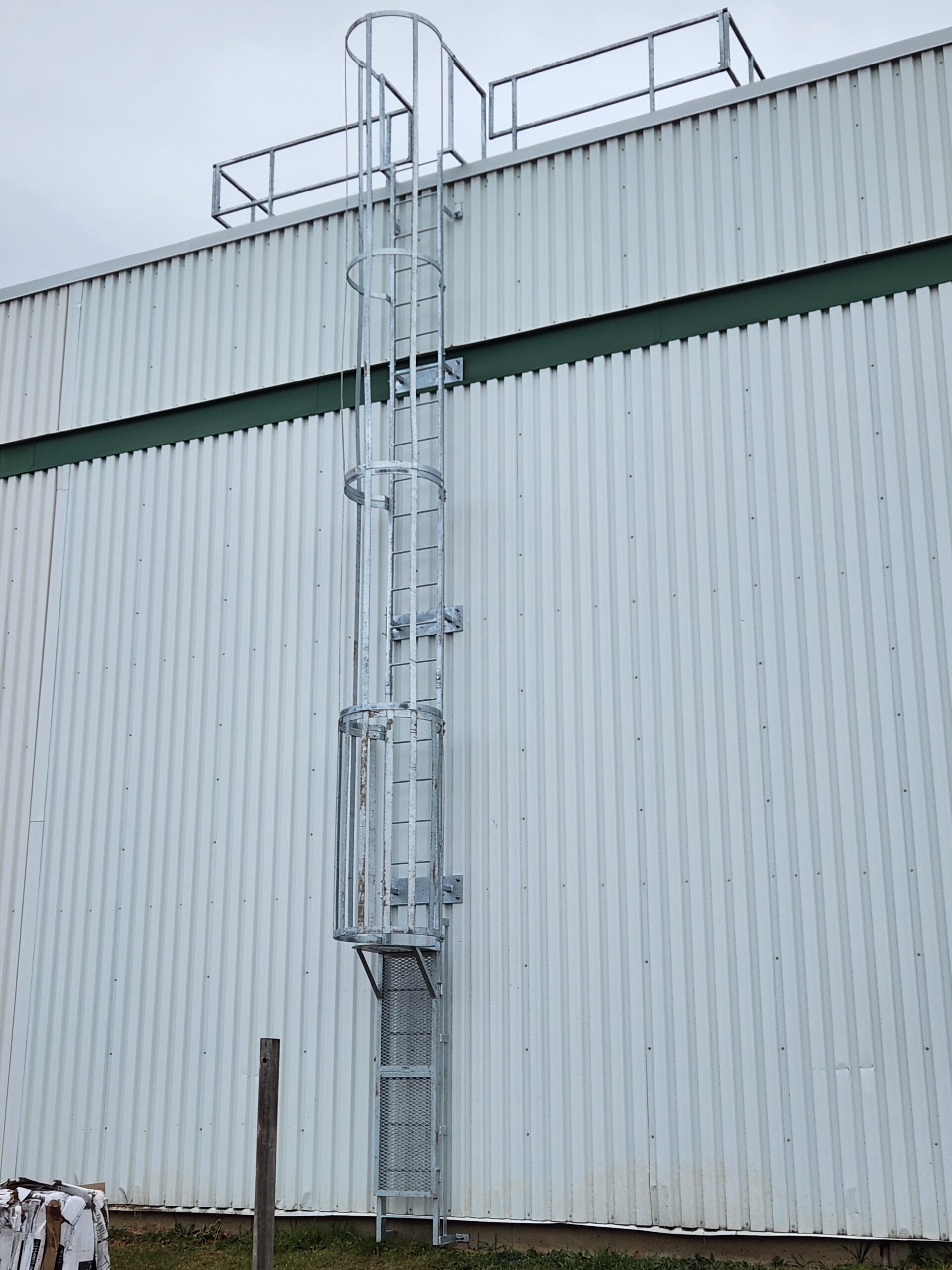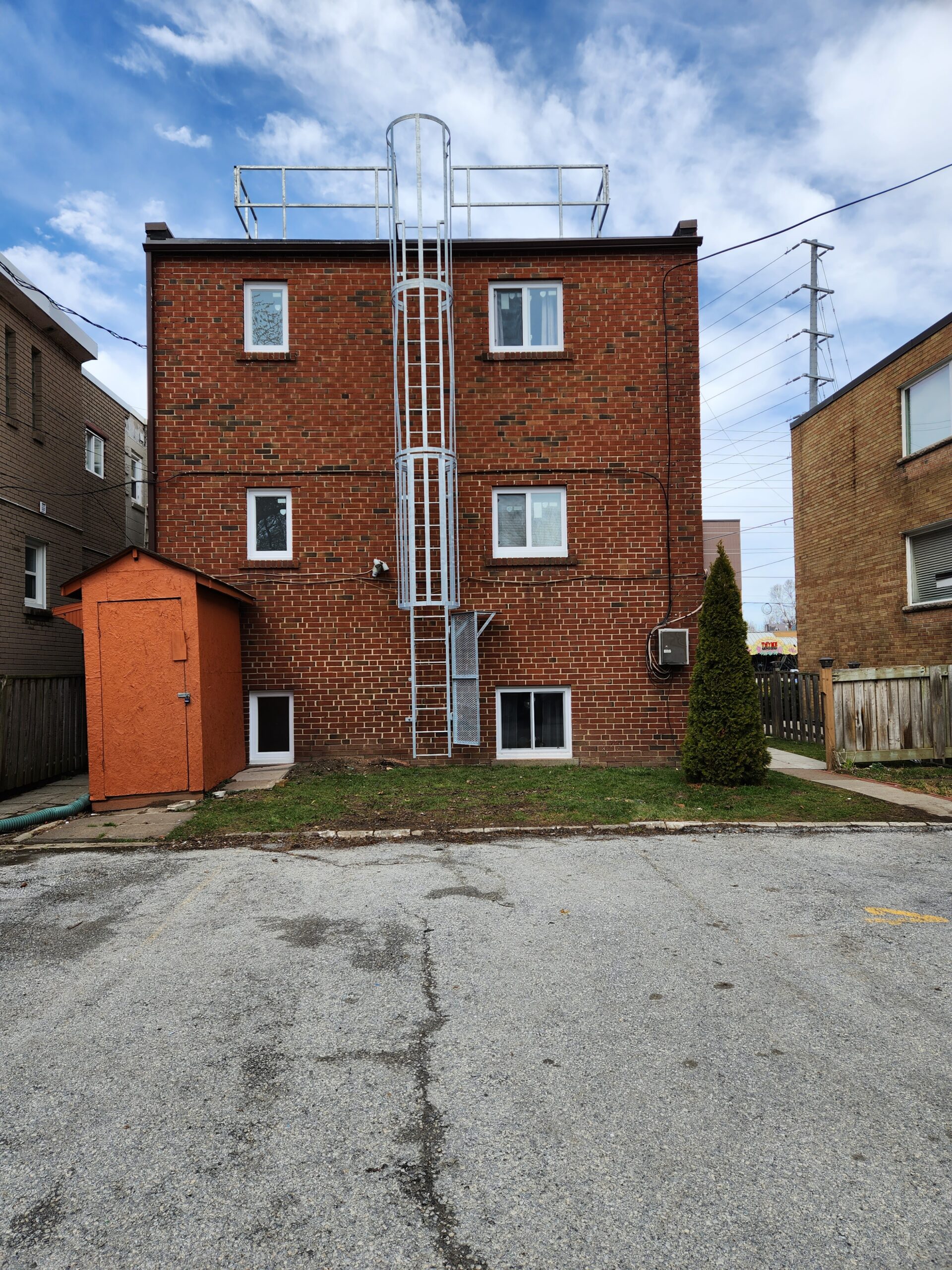Five Ways to Prevent Industrial Racking Failures in your Plant

Storage racks are used extensively in industry. Ensuring that these structures are safe and code compliant are an important part of an employer’s and owner’s responsibility.
The consequences of rack failure can lead to potentially serious hazards which include serious injuries and fatalities, damage to property and products, expensive repairs, and disruption to business.
During an industrial inspection blitz of industrial storage racks in November 2011, a total of 3,063 orders were issued by the Ministry of Labour (MOL), including 118 stop work orders. Another inspection blitz has been slated for industrial warehousing during February-March 2014.
What should managers be looking for? What are the best ways to avoid tragedies and expensive repairs?
Rack failures can be avoided in industrial facilities if managers ensure that racks are code compliant, undergo regular inspections and are maintained and repaired on a regular basis.
Below are five tips for employers and owners to consider when implementing strategies to avoid industrial racking failures.
1. Ensure that the rack engineered specifications are kept in the premise: As per CSA A344.2, manufacturers are required to maintain records. These documents may be required by the Ministry of Labour (MOL) at the time of facility inspection.
Employers should:
-
Obtain the documentation from the manufacturer that indicates that the rack was designed and installed in accordance with current applicable standards and manufacturer’s specifications, OR
-
Have a Pre-Start Health and Safety Review (PSR).
Ontario Health and Safety Act & Regulations 851 requires that a pre-start health and safety review in Ontario (PSR) needs to be conducted if the required documentation from the manufacturer is not available. The rack manufacturer or a Professional Engineer may be consulted for the PSR.
A PSR is also required if alterations to the manufacturer’s specifications have been made or if the rack has undergone major repairs or been re-located and there are changes to the parameters to which it was designed.
2. Plan formal reporting procedures and inspections to enforce high standards/maintenance and inspection.
The Ontario Occupational Health & Safety Act (OH&SA) clause 25(1) (b) requires the employer to ensure that equipment is maintained in a good condition. CSA A344.1 recommends owners to have an in-house systematic inspection program in place performed by a competent person, and that the owner should keep record of each inspection.
An inspection protocol must be developed and carried out by competent workers and should look for:
-
Excessive deflection in the beams due to overloading
-
Out of plumb, damaged, or corroded posts
-
Damaged or missing horizontal and/or diagonal braces
-
Sheared or missing anchors
-
Damaged or permanently deflected beams, or incorrect beam engagement
-
Missing or improper safety pins, row or wall spacers o Misplaced, missing, or damaged safety bars
-
Improper overhang of goods over pallets or pallets over beams
-
Use of damaged pallets
-
Overload conditions o Substandard rack repairs, and
-
Unsafe material handling equipment operation
-
Following best practices and implementing some formal systems to safeguard against oversights will ensure that risk is minimized and employees are safe.
-
Post load rating signage in visible locations on the racks and train workers to not overload the racks. Be conservative when it comes to loads.
-
All material handling equipment operators should be trained in accordance with CSA B335.
-
Material handling practices should be designed to minimize impact loads on the racks.
-
Do not move racks around the plant without a review of the manufacturer’s requirements regarding anchoring or protection of bases.
-
Capacity and/or safety of racks can be affected if they are structurally altered, e.g., cut down, welded or spliced, reconfigured, moved, etc. Any such modifications should only be carried out with the approval of the manufacturer or a professional engineer.
-
Verify proposed removal or re positioning of beams, as it may create an overload condition. Approval should be first made from a professional engineer, vendor or manufacturer except when reconfiguration is in accordance with a suppliers predetermined specifications.
-
If you choose to install secondhand racks or if you have racks custom built, a Professional Engineer should be consulted to make sure they are safe to use.
-
Aisles are properly lit. It can make material placement easier and help reduce rack damage.
-
Pallets are maintained in a good condition.
-
Aisles are free of obstruction and hazards.
3. Prioritize damage control
Preventing, recognizing and repairing damage is a crucial component to maintaining rack safety.
Many racks are subjected to damage caused by the impact of mechanical loading equipment or the material being placed on the shelves. Damages can significantly lower the capacity of the rack structure or lead to a catastrophic failure, which is why it is important to have systems in place to monitor rack damages or degradation on the premises.
Operators of forklifts or other mechanical equipment operators must be well trained and their training maintained so that they know how to effectively and safely maneuver around racking systems. In addition to training operators on maneuvering, owners should:
A damage reporting procedure must also be created, and workers trained in that procedure which ensures that damages are immediately addressed. Workers must be trained to recognize damage in the event that it is not reported immediately.
4. Avoid common pitfalls
There are some important things that should never be done if you want to avoid risking a racking failure. Avoiding these pitfalls will help make sure your premises are safe.
5. Take racking seriously
Racking safety in industrial plant settings is something that may seem clear cut and easy to do, but on premises with many moving pieces and human-machine interaction, errors and oversights are common.
Make sure that:
Operating a safe storage facility, is not only a good safety practice, it’s the law. Adhering to the practices indicated is this article may also improve the overall productivity of the facility.
— Ralph Balbaa M.Eng., P.Eng., is a health and safety expert with more than 40 years of engineering experience and a former Ministry of Labour consultant. He is the President of HITE Engineering, a Mississauga-based consulting firm specializing in industrial and construction safety.




